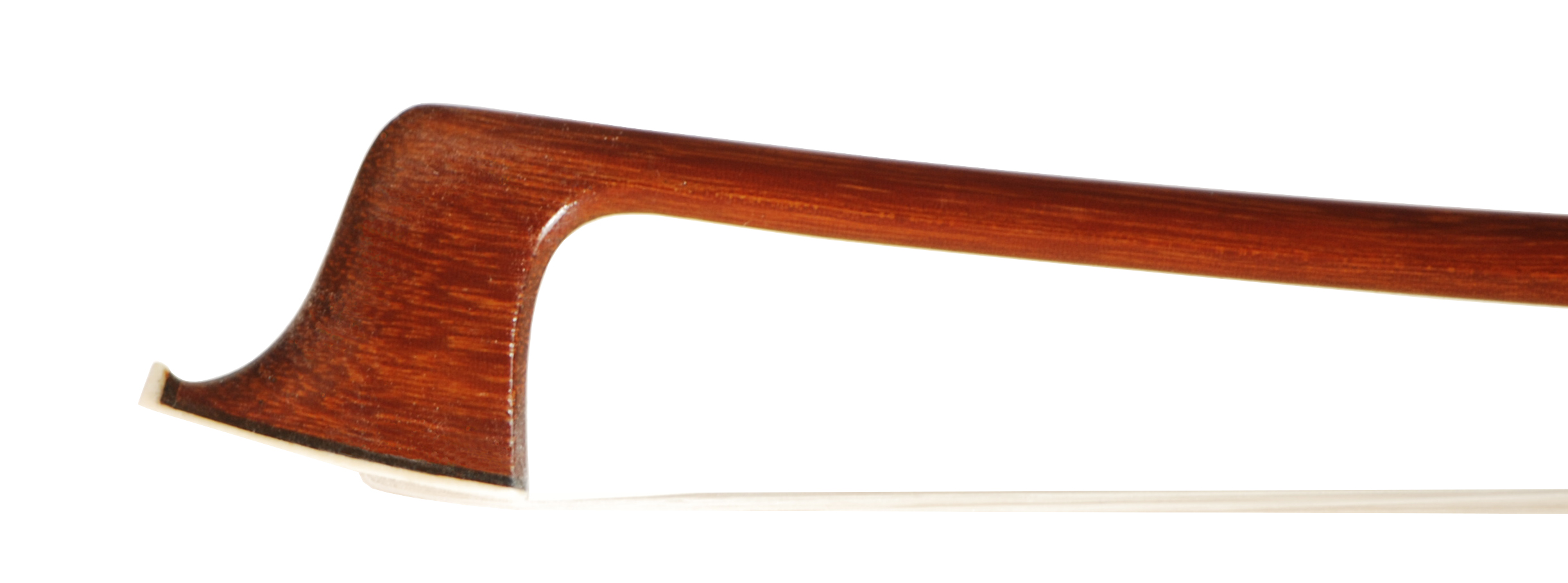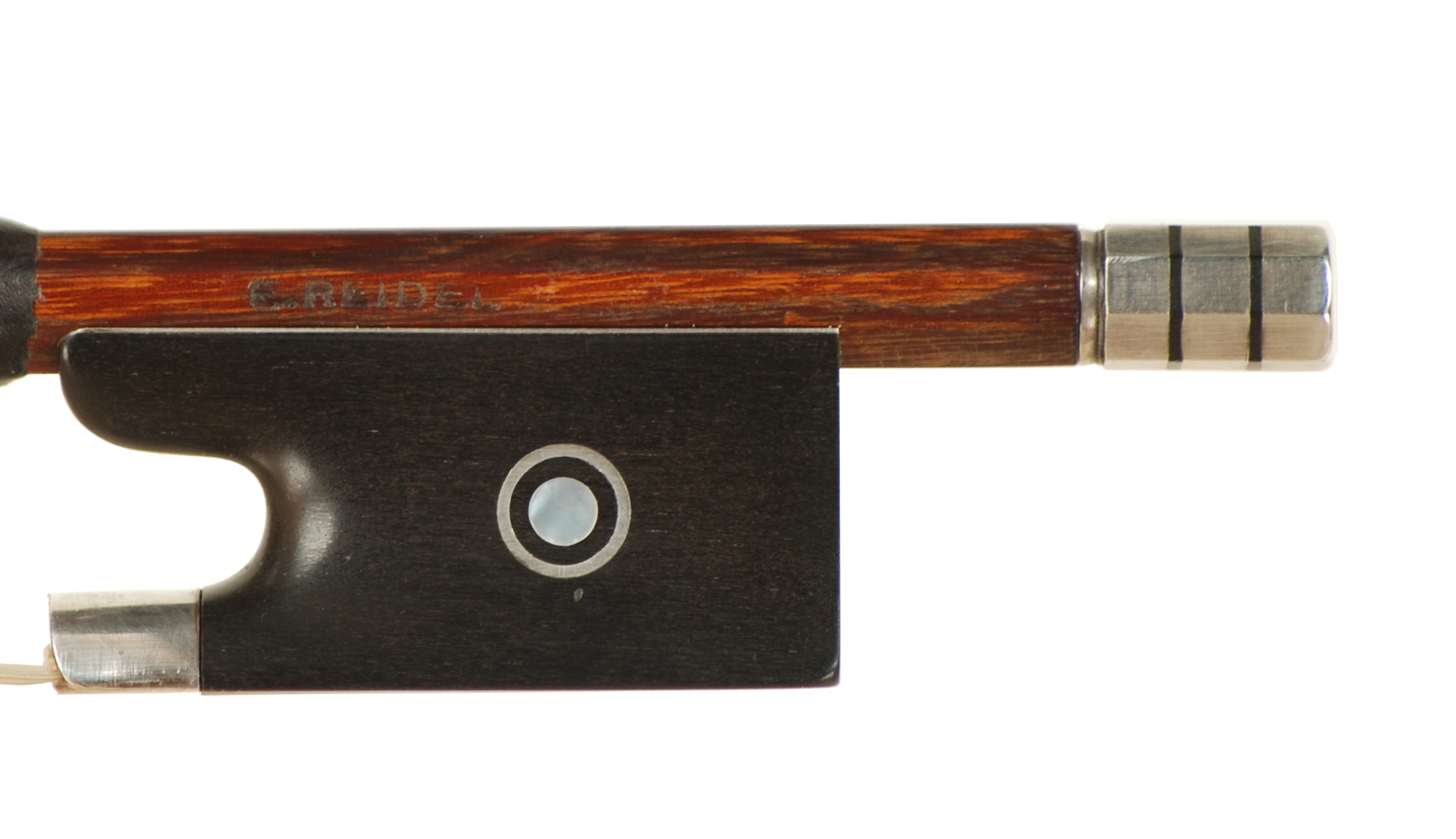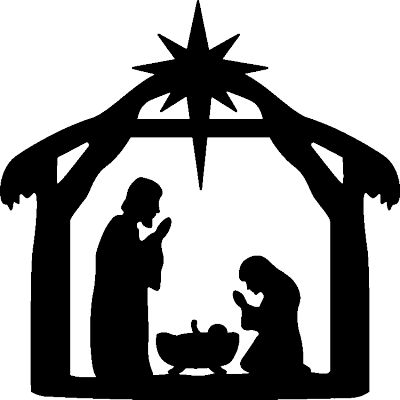E. Reidel Violin Bow Landwüst, Germany circa 1910-1920 – CURRENTLY OUT ON TRIAL –
$2,400.00

Stamped:
Ernst Albin Reidel (1881-1946) was one of the first bow makers in Landwüst who regularly stamped his bows. His bows are definitely patterned on Markneukirchen models in the stick and the frog used in the early 20th century. Ernst stamped his bows above the frog like our bow, and on some bows he stamped an insignia- a circle of a mythological feathered animal on the frog. Ernst Reidel also delivered unstamped bows to dealers such as G.A. Pfretzschner, who then stamped the bows with their own name or that of their company. This was a common practice of the time and helped give a steady income to the families of bow makers. Ernst had three sons, Erich Reidel (1897-1979), Rudi Reidel (1903-1988,) and Fritz Reidel (1904-1971), all who learned bow making in their father’s workshop. After their father died in 1946, the sons continued working in the shop using both their own names and their father’s name and stamp on bows until 1970’s.
This is another bow from my collection of sticks acquired with the help of my dad back in the late 1970’s. I was a young teenager living just outside of New York City in New Jersey and totally into the violin, umpiring, and playing baseball. For many years my dad took me to estate sales, private sales, and auction houses in New York City. Together, we collected hundreds of instruments and bows. My dad was a bird carver but also into the construction and fine detail of the violin. I’ve finally been getting many of the bows restored and ready to play again. The bows in need of much attention are now out of carboard boxes and hanging in my workshop. I enjoy bow work very much and plan on getting everything in the collection, about 400 more bows, completed and up for sale.
The violin bow is an older pernambuco specie wood. The wood is choice and is orange/brown in color and in excellent condition. The pernambuco near the frog is much darker, caused by normal playing and handling of the bow. The bow is a gem and stands out in its graduation. I love how the bow’s incrementation and layout left no fat on the stick. It is a wow! The camber falls immediately after the head, and the head/tip of the bow is original, in beautiful shape. The winding is original too, only needing a new leather thumb. The frog and button were made in the style of the Markneukirchen basic models of the early 20th century. The graduation of the stick, all the way to the butt of the bow shows evidence of the Pfretzschner school influence, where the octagonal section is left a little thinner than most bows. It also shows me and tells me that the stick is simply just a great piece of wood. The bow is firm and handles well.
Weight fully haired 61.3 grams







